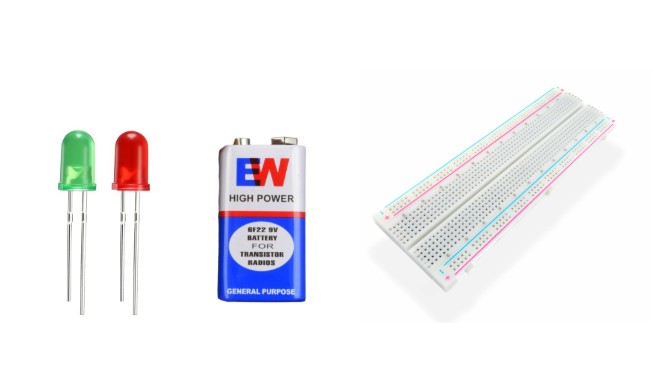Smart Plant Care System
Nurture Your Plants, Effortlessly
Materials:

Note:This program balances creativity, hands-on activities, and coding. By using drag-and-drop coding, kids can focus on logic and problem-solving without being overwhelmed by syntax.
Learning Outcomes:
Objective: Introduce Arduino Uno, sensors, and the challenge.
Objective: Teach students the basics of 3D design for the system's led and housing and name tag.
Find stl here https://drive.google.com/drive/folders/1LvMZjCR3w66nuaIakGWXFRp086SqVZd1?usp=drive_link
Objective: Teach students how to assemble the circuit with the Arduino Uno.
Objective: Teach students to use drag-and-drop coding platforms to program the Arduino.
Objective: Combine the hardware and 3D-printed parts to complete the project.
Having trouble? Let us know by completing the form below. We'll do our best to get your issues resolved quickly.
"*" indicates required fields